 The Afghan women cycle for equality. Although women throughout Afghanistan are rarely permitted to even drive cars, a group of Afghan females has been changing minds by riding bikes. The Afghan National Cycling Team, led by 16-year-old Salma Kakar, hopes to be the face of a new phenomenon in the country – more women riding bikes, and possibly even representing their country in the Olympic games.
The Afghan women cycle for equality. Although women throughout Afghanistan are rarely permitted to even drive cars, a group of Afghan females has been changing minds by riding bikes. The Afghan National Cycling Team, led by 16-year-old Salma Kakar, hopes to be the face of a new phenomenon in the country – more women riding bikes, and possibly even representing their country in the Olympic games.
A nonprofit started by U.S. cyclist Shannon Galpin, called Mountain2Mountain, helped give the team their initial bikes and other gear to get them started. Galpin, no stranger to Afghanistan herself, was involved in volunteer work in the country and during her time there had a chance to cycle throughout Afghanistan’s mountain trails.
Despite aid from Galpin and support from team coach Abdul Seddiqi, the women still face immense hurdles. Afghan men still hold the belief that women do not have a place in society outside of the home, and for this reason, the riders are often heckled and have even received death threats. Although the women cover their heads, wear long pants and sleeves when they ride, Seddiqi usually has them train in secret to avoid any danger.
Salma maintains that despite what many Afghan men may think, a few have actually shown support and Salma is confident that their cycling team will be able to create lasting change, with cycling being just the beginning of the road to Afghan women achieving new freedoms.
Galpin hopes that not only will the bicycles be a vehicle for the women to get around, but also a “vehicle for social change.”
– Christina Kindlon
Source: NBC News
 Nepal’s maternal mortality rate (MMR), or the ratio of maternal deaths per 100,000 live births for reasons related to pregnancy or birth, has declined in Nepal over the last fifteen years. It is estimated that between 1996 and 2005, Nepal reduced its MMR from 539 deaths to 281. It was estimated in 2010 to be around 170.
Nepal’s maternal mortality rate (MMR), or the ratio of maternal deaths per 100,000 live births for reasons related to pregnancy or birth, has declined in Nepal over the last fifteen years. It is estimated that between 1996 and 2005, Nepal reduced its MMR from 539 deaths to 281. It was estimated in 2010 to be around 170. USAID funds partnerships with Higher Education for Development (HED) to encourage women’s leadership throughout a number of developing countries, including South Sudan, Rwanda, Paraguay, and
USAID funds partnerships with Higher Education for Development (HED) to encourage women’s leadership throughout a number of developing countries, including South Sudan, Rwanda, Paraguay, and 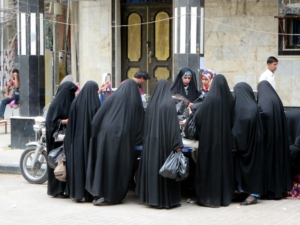
 In honor of International Women’s Day, L’Occitane has created a fair trade soap that supports women in their efforts to achieve economic independence. The soap is produced in Burkina Faso in a completely female-run factory, for which L’Occitane has provided support and training. The company has been working with women in Burkina Faso in efforts to achieve economic emancipation since 2006. By working with
In honor of International Women’s Day, L’Occitane has created a fair trade soap that supports women in their efforts to achieve economic independence. The soap is produced in Burkina Faso in a completely female-run factory, for which L’Occitane has provided support and training. The company has been working with women in Burkina Faso in efforts to achieve economic emancipation since 2006. By working with 
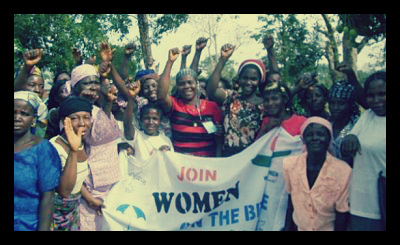
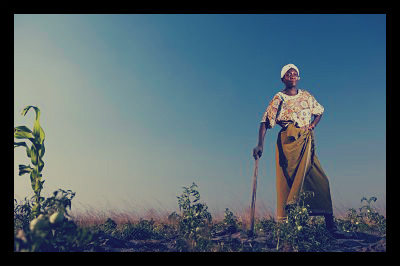
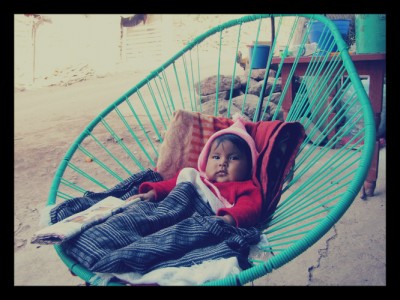 In Mexico, traditional midwifery services have been fallen steadily as women choose to have their babies in hospitals. However, many citizens who still live too far from hospitals need midwives. To meet this demand, Mexico has established its first public midwifery school, and young women are learning this ancient practice with the intent to graduate.
In Mexico, traditional midwifery services have been fallen steadily as women choose to have their babies in hospitals. However, many citizens who still live too far from hospitals need midwives. To meet this demand, Mexico has established its first public midwifery school, and young women are learning this ancient practice with the intent to graduate.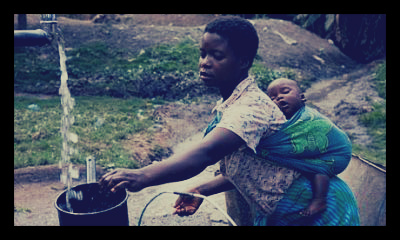 In 2020, more than 140 million girls will be attending a wedding – their own. Of these 150 million girls, 50 million will be attending their own wedding before they have even celebrated their 15th birthday.
In 2020, more than 140 million girls will be attending a wedding – their own. Of these 150 million girls, 50 million will be attending their own wedding before they have even celebrated their 15th birthday.